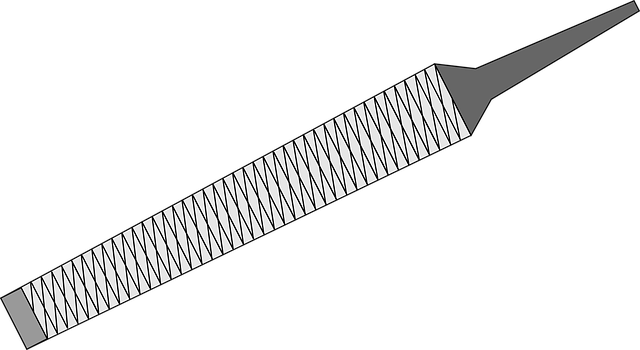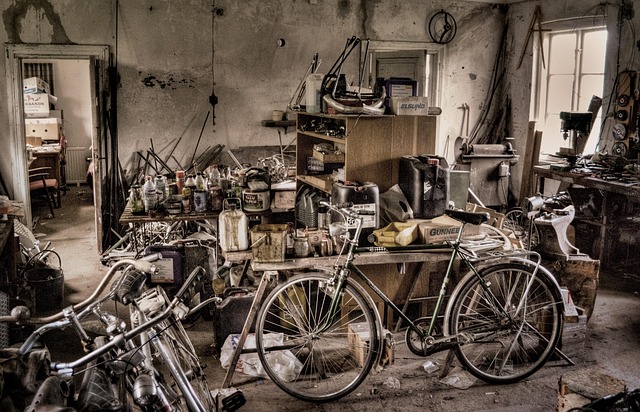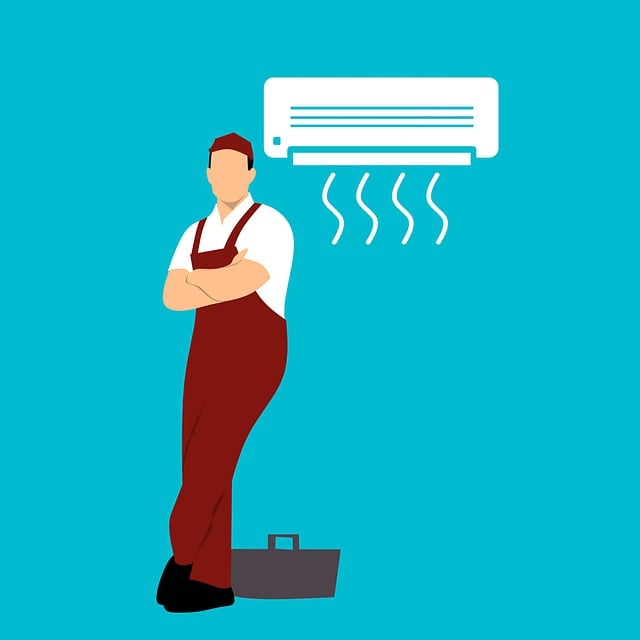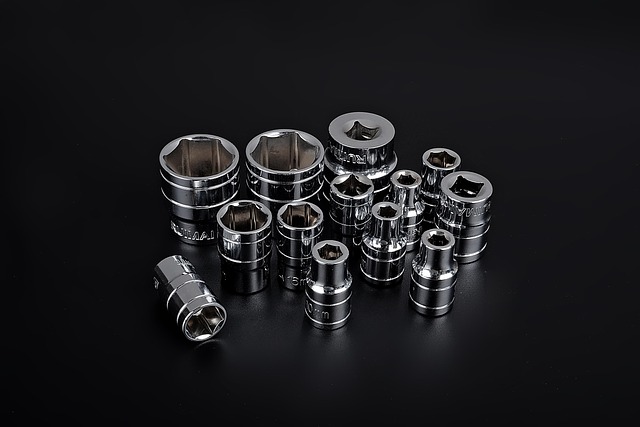Unveiling Secrets: Advanced Training and Certifications for Collision Repair Experts
Collision repair experts are distinguished by their specialized training, certifications, and advanc…….
In today’s fast-paced world, where vehicles are an integral part of our daily lives, the role of collision repair experts has become increasingly critical. These specialists are the unsung heroes behind the scenes, ensuring that cars and other vehicles involved in collisions or accidents are safely restored to their pre-incident condition. The field of collision repair is a complex and intricate one, involving not just technical expertise but also a deep understanding of safety standards, legal considerations, and customer service. This article aims to provide an in-depth exploration of collision repair experts, their significance, and the multifaceted aspects that contribute to their vital role in society.
Collision repair experts are highly skilled professionals specialized in the restoration and repair of vehicles damaged in accidents or collisions. Their expertise encompasses a wide range of tasks, including but not limited to:
Accident Analysis: They thoroughly inspect and assess the damage to vehicles, analyzing the cause and extent of the collision. This step is crucial for developing an effective repair plan.
Safety Inspection: Ensuring that the repaired vehicle meets all safety standards and regulations is a primary concern. Experts conduct comprehensive inspections to identify and rectify any potential safety hazards.
Structure Repair: This involves the meticulous restoration of vehicle components, such as body panels, frames, and chassis, to their original specifications. It requires specialized tools and techniques to ensure precision and structural integrity.
Paint Restoration: The art of matching and applying paint to match the vehicle’s original finish is a delicate process. Experts use advanced color-matching technology and manual skill to achieve a flawless outcome.
Electronic Systems Calibration: Modern vehicles have complex electronic systems, including airbags, sensors, and infotainment modules. Repairs often involve recalibrating these systems to ensure optimal performance post-restoration.
Customer Communication: Effective communication with clients is vital. Experts keep customers informed about the repair process, costs, and estimated timelines, fostering trust and transparency.
The history of collision repair can be traced back to ancient times when skilled artisans would attempt to fix damaged chariots and carriage vehicles. However, it was during the 20th century’s automotive boom that the field truly evolved. With the proliferation of motorcars, the need for specialized repair services grew, leading to the establishment of dedicated collision repair facilities and training programs.
The influence of collision repair experts extends far beyond national borders, as the global automotive industry is interconnected. Here’s a breakdown of its international impact and key trends:
North America: The United States and Canada have long been at the forefront of collision repair technology and training standards. Organizations like the National Institute for Automotive Service Excellence (ASE) set benchmarks for certification, ensuring high-quality service.
Europe: European countries have implemented stringent safety regulations, driving innovation in collision repair techniques. Germany, known for its automotive expertise, has contributed significantly to advanced body shop technologies.
Asia Pacific: Rapidly growing economies like China and India are witnessing a surge in vehicle ownership, leading to increased demand for collision repair services. Japan, renowned for its precision engineering, maintains high standards in the region.
Global Trends:
Digitalization: The adoption of digital technologies, such as computer-aided design (CAD) software and laser scanning, has revolutionized collision repair. These tools enhance accuracy and efficiency.
Sustainability: There is a growing emphasis on eco-friendly practices, with experts focusing on using recyclable materials and developing sustainable repair methods.
Autonomous Vehicles: The rise of self-driving cars presents new challenges and opportunities for collision repair experts, requiring them to adapt their skills to accommodate advanced vehicle systems.
The economic landscape of collision repair is dynamic and multifaceted, with various factors influencing its growth and development:
| Economic Aspect | Description |
|---|---|
| Market Size | The global collision repair market was valued at USD 174.3 billion in 2020 and is projected to grow at a CAGR of 5.6% from 2021 to 2028 (Source: Grand View Research). This growth is driven by rising vehicle penetration, especially in developing regions. |
| Service Demand | Collision repair services are in constant demand due to accidents, natural disasters, and vehicle aging. The frequency of claims and the complexity of repairs directly impact economic outcomes. |
| Investment Opportunities | The industry attracts investments from both private equity firms and automotive manufacturers. Modernizing collision repair facilities and adopting new technologies offer significant returns. |
| Cost Structure | Overhead costs include labor, equipment, inventory (parts), and facility maintenance. Skilled labor is a significant expense, influencing service pricing. |
| Revenue Streams | Repair shops generate revenue from direct repairs, insurance claims processing, and optional add-on services like detail work and vehicle detailing. |
Technology has been a game-changer in the collision repair industry, improving efficiency, accuracy, and customer satisfaction. Some significant advancements include:
3D Laser Scanning: This technology captures detailed measurements of damaged vehicles, enabling faster and more precise repairs. It minimizes human error and reduces the need for manual measurement.
Computer-Aided Design (CAD) Software: CAD systems allow experts to design and plan repairs digitally, ensuring precision and facilitating complex body panel replacements.
Robotic Welding: Robotic arms offer increased accuracy and consistency in welding processes, leading to stronger and more reliable repairs.
Dry Ice Blasting: A non-abrasive cleaning method using carbon dioxide pellets, dry ice blasting is an eco-friendly alternative to traditional sandblasting for surface preparation.
Virtual Reality (VR) Training: VR technology provides immersive training experiences, allowing new experts to learn collision repair techniques in a safe virtual environment.
The collision repair industry operates within a framework of policies and regulations designed to maintain safety standards and protect consumers. Key global and regional considerations include:
Safety Standards: Organizations like the International Organization for Standardization (ISO) and the National Highway Traffic Safety Administration (NHTSA) set guidelines for vehicle safety, including crashworthiness and airbag deployment.
Environmental Regulations: Many countries have strict emission control laws, and collision repair experts must ensure that vehicles meet these standards during restoration.
Consumer Protection: Regulatory bodies oversee insurance claims processing, ensuring fair practices and consumer rights protection.
Training Requirements: Governments often mandate specific training programs for collision repair technicians to maintain quality and safety.
Despite its advancements, the collision repair industry faces several challenges that impact its overall effectiveness:
Skilled Labor Shortage: The demand for skilled technicians often exceeds supply, leading to longer wait times and potential service gaps. Addressing this issue requires targeted training programs and incentives.
Insurance Claim Delays: Processing insurance claims can be time-consuming due to paperwork and dispute resolution. Streamlining digital claim systems can enhance efficiency.
Counterfeit Parts: The availability of low-quality, counterfeit parts poses a threat to the industry’s integrity. Strict regulations and supplier vetting processes are necessary to combat this issue.
Customer Trust: Rebuilding trust after an accident is essential. Some customers may have reservations about the quality of repairs, especially with rising repair costs. Transparent communication and guaranteed work can mitigate these concerns.
Following the devastating Hurricane Maria in 2017, collision repair experts played a crucial role in restoring vehicles damaged by the storm. In Puerto Rico, a team of local experts collaborated with insurance companies to provide rapid and efficient services. They faced challenges such as limited electricity and infrastructure damage but successfully repaired thousands of vehicles, aiding in the island’s recovery.
Tesla, the electric vehicle (EV) manufacturer, has introduced advanced driver-assistance systems (ADAS), including Autopilot. When these vehicles are involved in collisions, specialized knowledge is required for repair. Collision repair experts in the US have adapted to this new challenge by training on Tesla models and understanding their unique electronic systems, ensuring safe and effective repairs.
Japan’s efficient collision repair industry was showcased following the 2011 Tohoku earthquake and tsunami. Experts worked tirelessly to restore vehicles damaged in the disaster zone, employing advanced technologies while adhering to strict safety standards. This case highlights the industry’s resilience and adaptability in crisis situations.
The collision repair industry is poised for growth and innovation, driven by several emerging trends:
Autonomous Vehicles: As self-driving car technology advances, collision repair experts will need to adapt their skills to accommodate unique repair requirements.
Electric Vehicle (EV) Growth: With the rise of EVs, the industry must address specialized repair needs, including battery repairs and electronic system recalibration.
Digital Transformation: The adoption of advanced digital tools, such as augmented reality (AR), will enhance training and remote assistance for experts worldwide.
Sustainable Practices: There will be an increased focus on eco-friendly materials, recycling, and efficient energy usage in collision repair facilities.
Collision repair experts are the backbone of the automotive industry, ensuring that vehicles involved in accidents return to their roads safely and efficiently. This article has explored various facets of their role, from technical skills and global impact to technological advancements and policy considerations. The industry’s growth, challenges, and future prospects all underscore its importance in modern society.
As we look ahead, collision repair experts will continue to play a pivotal role in maintaining the safety and reliability of vehicles worldwide. With technological breakthroughs and evolving customer expectations, the field is set for continuous transformation, ensuring that our roads remain secure and well-maintained.
Q: How do I know if my vehicle needs collision repair after an accident?
A: If your vehicle sustains damage in a collision, it’s essential to have it inspected by a professional. Look for visible signs like dents, scratches, cracked glass, or misaligned body panels. Even minor damage can impact safety and resale value, so a thorough assessment is crucial.
Q: What should I expect during the collision repair process?
A: The process typically involves several steps: initial inspection, damage estimation, disassembly of damaged components, repair/replacement work, painting, and final re-inspection. Keep open communication with your repair shop to understand the timeline and costs involved.
Q: Are there ways to reduce the cost of collision repair?
A: Yes, there are several strategies. Comparing estimates from multiple shops can help. Using genuine parts or OEM (Original Equipment Manufacturer) parts can also reduce costs without compromising quality. Additionally, maintaining a good driving record and having comprehensive insurance can prevent higher future repair expenses.
Q: How can I ensure the safety of my vehicle after collision repair?
A: Safety should always be a top priority. Ensure that all repairs meet or exceed manufacturer standards and local regulations. Check that all components, including structural elements and electronic systems, have been correctly reassembled and calibrated. Regular maintenance after repair can also contribute to long-term safety.

Collision repair experts are distinguished by their specialized training, certifications, and advanc…….

Collision repair experts are embracing digital innovation to transform their services. Advanced CAD…….

Collision repair experts are skilled artists who transform damaged vehicles into their original aest…….

Collision repair experts play a vital role in restoring damaged vehicle frames, starting with advanc…….

Collision repair experts play a vital role in vehicle restoration, ensuring safety and quality acros…….

Collision repair experts leverage advanced paint matching technology and meticulous color analysis t…….

Collision repair experts streamline post-accident experiences for vehicle owners by offering compreh…….

Collision repair experts play a vital role in providing accurate and reliable repair estimates for v…….

The collision repair industry has evolved from traditional apprenticeships to a tech-integrated educ…….